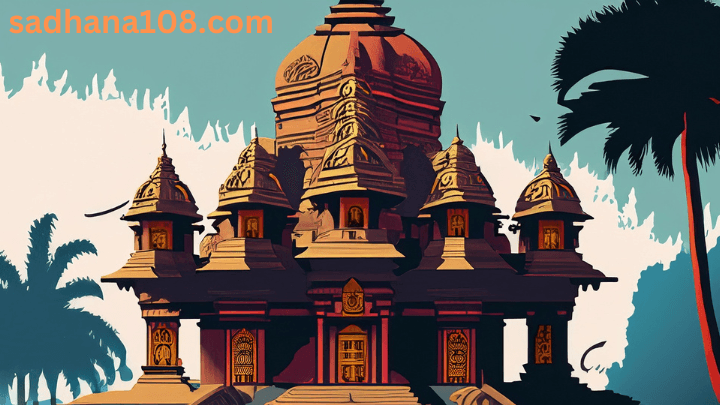Kurma Avtaar


Kurma is the second Avatar of Vishnu. Like other avatars of Vishnu, Kurma appears at a time of crisis to restore the cosmic equilibrium.Sage Durvasa had cursed the Devas (gods) to be mortal and fade away. The gods needed nectar of immortality (amrit) to overcome this curse, and they make a pact with the asuras (demons) to churn the cosmic ocean of milk, so as to extract the nectar, and once it skims out they would share it. Kurma, the creative problem solving Vishnu avatar in the form of a tortoise or turtle, appears to support as the foundation for the cosmos and the cosmic churning stick (Mount Mandara).
Kurma (tortoise), snake rope, mountain with dancing Vishnu artwork at the Bangkok Airport, Thailand. Together the gods and demons churn the ocean with divine serpent Vasuki as the rope (samudra manthan), and the churn skims out a combination of good and bad things. Along with other products, it produces poison which Shiva drinks and holds it in his throat, and immortality nectar which the demons grab and run away with.
The Kurma avatar, according to Hindu mythology, then transforms into a femme fatale named Mohini to seduce the demons. They fall for her. They ask her to take the nectar, please be their wife and distribute it between them one by one. Mohini-Vishnu takes the pot of nectar and gives it to the gods, thus preventing evil from becoming eternal, and preserving the good.
The Kurma legend appears in the Vedic texts, and a complete version is found in the Shatapatha Brahmana of the Yajurveda. His iconography is either a tortoise, or as half man-half tortoise. The temples dedicated to Kurma are found in Kurmai, Chittoor district, Andhra Pradesh, and Srikurmam, Srikakulam District , Andhra Pradesh. His iconography is found in many Vaishnava temple ceilings or wall reliefs.